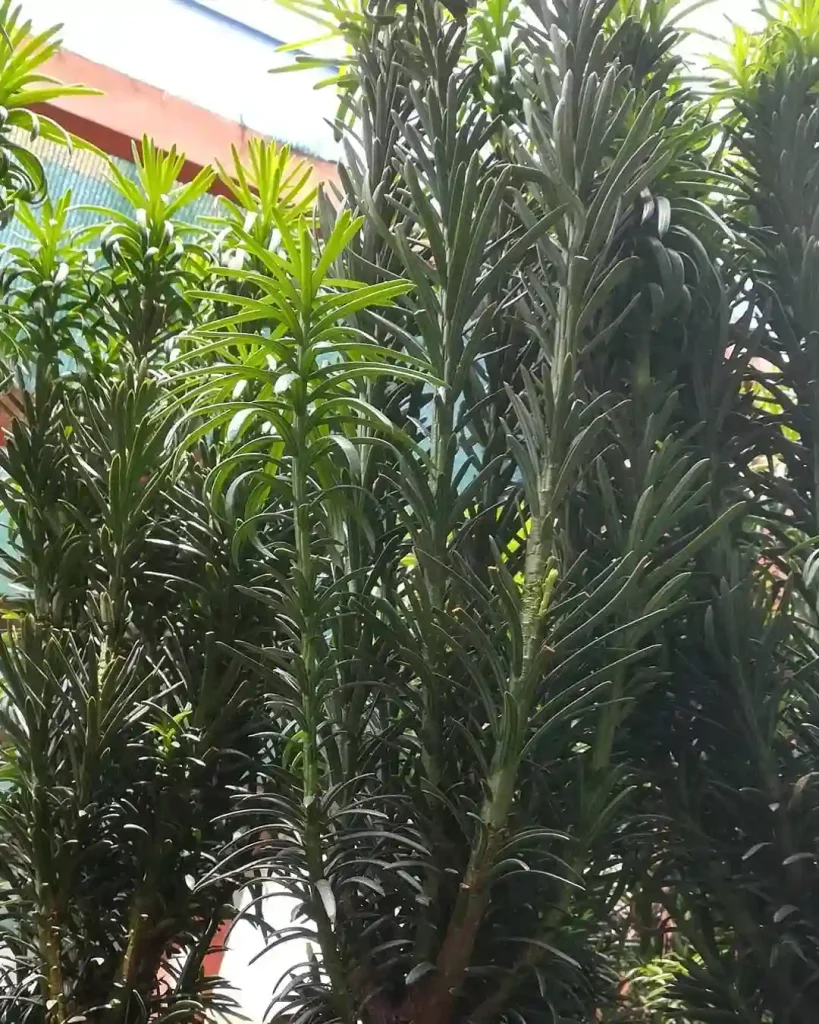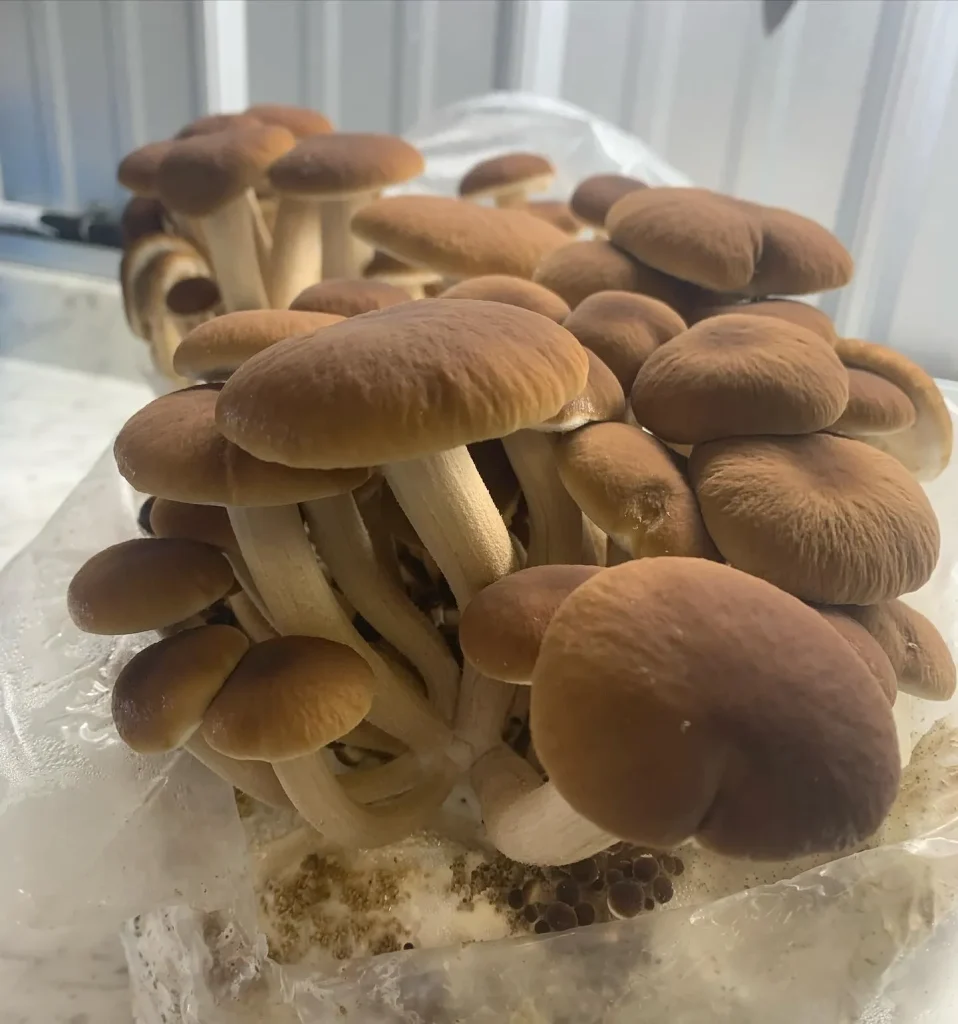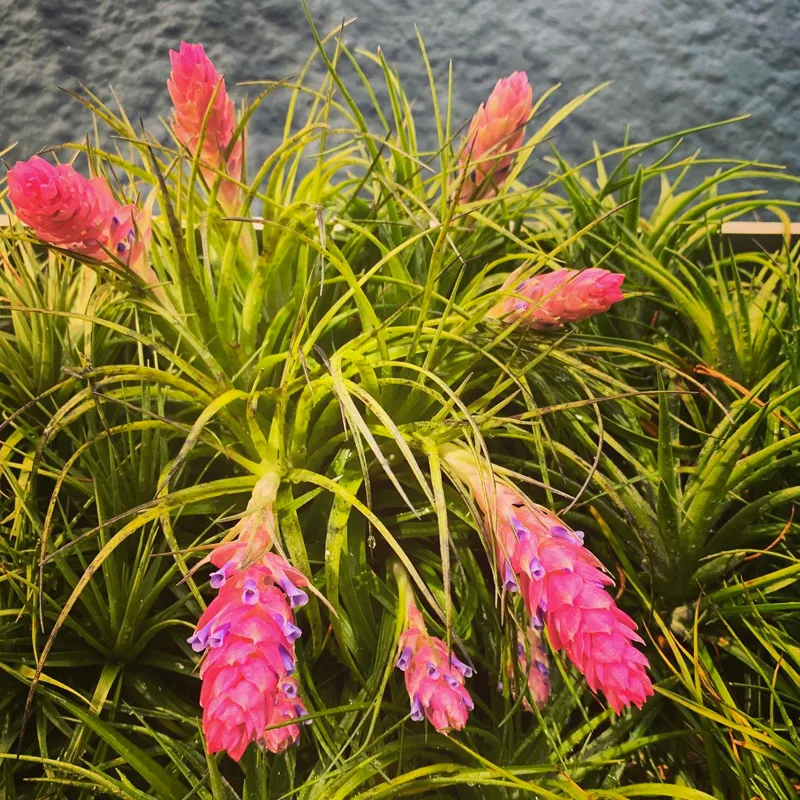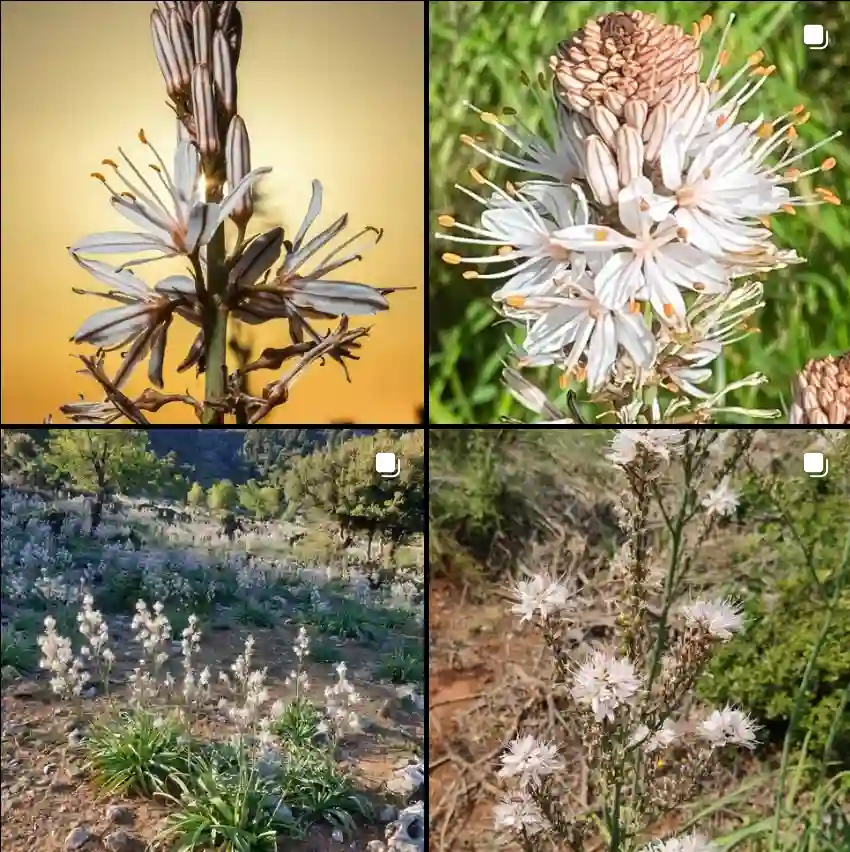Red Robin Photinia vs Red Tip Photinia
I’ve had the chance to grow both Red Robin and Red Tip Photinia in my garden, and they each bring their own charm. The Red Robin is a standout for its vibrant, consistent red foliage that turns to green as it matures, creating a striking visual contrast. It also tends to grow in a more compact, manageable size. On the other hand, Red Tip Photinia has been a bit more temperamental for me, with the red tips being less uniform and more susceptible to environmental stress. While the Red Tip has a lovely appearance, especially when newly emerging, I’ve found the Red Robin to be a more reliable performer with its steady, reliable color throughout the year.
29 Species in Genus Photinia
Photinia Red Robin vs Pink Marble
In comparing Red Robin to Pink Marble Photinia, I’ve noticed that the Pink Marble is a bit more eye-catching with its unique variegated foliage that has a mix of pink, white, and green. It adds a lovely splash of color to the garden that makes it stand out, especially in the spring. However, it’s worth noting that the Pink Marble seems to require more careful attention to keep its vibrant colors. Red Robin, while not as flashy, has proven to be a more resilient plant overall. Its uniform red growth and hardy nature make it a solid choice if you’re looking for something that’s low-maintenance but still offers beautiful seasonal changes.
Photinia Red Robin vs Podocorpus
I’ve grown both Photinia Red Robin and Podocarpus in my landscape, and they each have their strengths. Red Robin is fantastic for its rapid growth and striking red foliage that really catches the eye. It’s been a great choice for creating a bold, colorful hedge. In contrast, Podocarpus, with its more subtle, evergreen needles, offers a more classic and subdued look. I’ve found Podocarpus to be very adaptable and low-maintenance, thriving in various conditions without the vibrant color changes. While I appreciate the boldness of Red Robin, the consistent elegance and durability of Podocarpus have made it a preferred choice for a more refined, evergreen backdrop.
Photinia Red Robin vs Robusta
In my experience with Red Robin versus Robusta Photinia, Robusta stands out with its robust growth and denser foliage. It’s definitely more resilient and has held up better against pests and environmental stress in my garden. However, the Red Robin’s bright red new growth and compact form have made it my go-to for a pop of color and a neater appearance. The Robusta tends to have a more vigorous growth habit, which can be great if you’re looking for a quicker hedge or screen, but it can also require more frequent pruning. Personally, I’ve found Red Robin to be more manageable and visually pleasing with its consistent color and more controlled growth.
How tall does photinia red robin grow?
Photinia Red Robin is a versatile shrub that can reach heights of 10 to 15 feet when mature, although it can be pruned to maintain a smaller size. I’ve seen them used as both standalone specimens and as part of hedges in gardens and landscapes.
Is photinia red robin evergreen?
Yes, Photinia Red Robin is evergreen, which means it retains its foliage year-round. Its glossy green leaves add color and texture to the landscape, even in the colder months.
When to prune photinia red robin?
The best time to prune Photinia Red Robin is in the late winter or early spring before new growth begins. This allows the plant to recover quickly and promotes healthy growth throughout the growing season.
Can photinia red robin be grown in pots?
Photinia Red Robin can be grown in pots, but it’s essential to choose a large container to accommodate its eventual size. Make sure the pot has good drainage, and use a well-draining potting mix formulated for shrubs.
How far apart to plant photinia red robin?
When planting Photinia Red Robin as a hedge, space the plants about 2 to 3 feet apart to allow for adequate air circulation and room for growth. This spacing creates a dense, uniform hedge over time.
How fast does photinia red robin grow?
Photinia Red Robin is known for its fast growth rate, especially in optimal growing conditions. With proper care and regular watering, it can grow several feet in a single growing season.
How to grow photinia red robin?
To grow Photinia Red Robin, choose a location with full sun to partial shade and well-draining soil. Plant it at the same depth as it was in the nursery container, and water thoroughly after planting. Mulch around the base of the plant to conserve moisture and suppress weeds.
How to propagate photinia red robin?
Photinia Red Robin can be propagated from semi-hardwood cuttings taken in late summer or early fall. Dip the cut end of the cutting in rooting hormone, then plant it in a pot filled with well-draining soil. Keep the soil consistently moist until roots develop, then transplant it into the garden.
Will photinia red robin grow in shade?
While Photinia Red Robin prefers full sun, it can tolerate some shade, although it may not grow as vigorously or produce as many flowers in shaded areas.
What to plant with photinia red robin?
When planting alongside Photinia Red Robin, consider companion plants that complement its vibrant foliage and provide visual interest throughout the seasons. Here are some options:
- Heuchera (Coral Bells): These perennial plants come in a variety of colors and add texture to the garden beds. Their foliage contrasts beautifully with the glossy green leaves of Photinia Red Robin.
- Lavender: This fragrant herb not only adds a pop of color with its purple blooms but also attracts pollinators to the garden. It thrives in similar growing conditions and provides a lovely contrast to the bold foliage of Photinia.
- Dwarf Ornamental Grasses: Plants like Dwarf Fountain Grass (Pennisetum alopecuroides) or Blue Fescue (Festuca glauca) add texture and movement to the landscape. Their compact size complements the larger stature of Photinia Red Robin.
- Spirea: Varieties such as Goldflame Spirea (Spiraea japonica ‘Goldflame’) or Little Princess Spirea (Spiraea japonica ‘Little Princess’) offer colorful foliage and delicate blooms in spring or summer. They provide a charming contrast when planted alongside Photinia.
- Daylilies: These hardy perennials offer a burst of color with their vibrant blooms and are easy to care for. They come in a range of colors and bloom times, providing continuous interest throughout the growing season.
- Boxwood: This evergreen shrub pairs well with Photinia Red Robin, offering year-round structure and texture to the landscape. Boxwood’s compact form provides a nice contrast to the larger, more open growth habit of Photinia.
- Japanese Maple: For a striking focal point, consider planting a Japanese Maple (Acer palmatum) near your Photinia Red Robin. Its delicate foliage and graceful form provide a beautiful contrast to the bold leaves of the Photinia.
- Hostas: These shade-loving perennials offer a wide range of leaf colors, sizes, and textures, making them versatile companions for Photinia Red Robin. Their lush foliage fills in the lower levels of the garden bed and complements the taller shrub.
When selecting companion plants for Photinia Red Robin, consider factors such as light requirements, soil conditions, and mature size to ensure a harmonious and visually appealing landscape.
Where to buy photinia red robin?
You can buy Photinia Red Robin at nurseries, garden centers, and online plant retailers. Choose healthy, well-established plants with vibrant foliage for the best results.
Is photinia red robin a good hedges for backyard?
Photinia Red Robin is an excellent choice for hedges in backyards, providing year-round color and privacy. Its dense growth habit and fast growth rate make it ideal for creating a living barrier or focal point in the landscape.
Is photinia red robin poisonous?
All parts of Photinia Red Robin are considered poisonous if ingested, containing compounds known as cyanogenic glycosides. While the risk of toxicity is low in humans, it’s best to avoid ingesting any part of the plant.
Is photinia red robin poisonous to dogs?
Photinia Red Robin is considered mildly toxic to dogs if ingested in large quantities. Symptoms of poisoning may include gastrointestinal upset, such as vomiting and diarrhea. It’s essential to contact a veterinarian immediately if you suspect your dog has ingested any part of the plant.
Is photinia red robin poisonous to cats?
Photinia Red Robin is also considered mildly toxic to cats, with similar symptoms of gastrointestinal upset if ingested. It’s best to keep cats away from the plant to prevent any potential issues.
Is photinia red robin poisonous to horses? Is photinia red robin poisonous to sheep?
While Photinia Red Robin is not commonly reported as toxic to horses or sheep, it’s still best to err on the side of caution and prevent them from ingesting any part of the plant. If large quantities are consumed, it may cause gastrointestinal upset similar to other animals.
If i die, water my plants!



